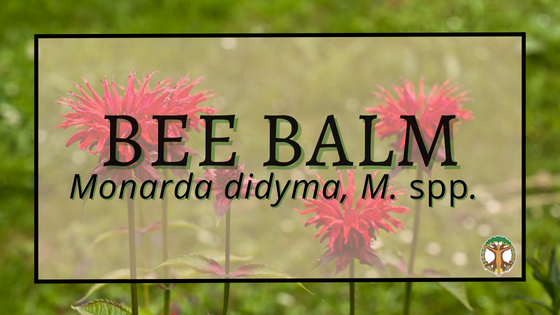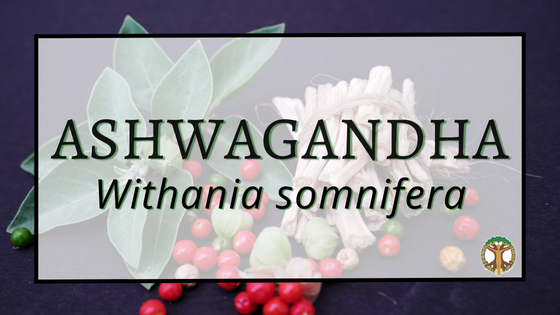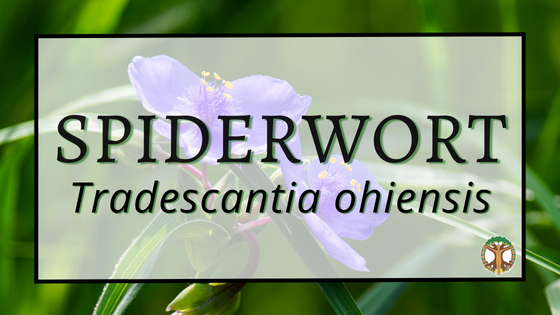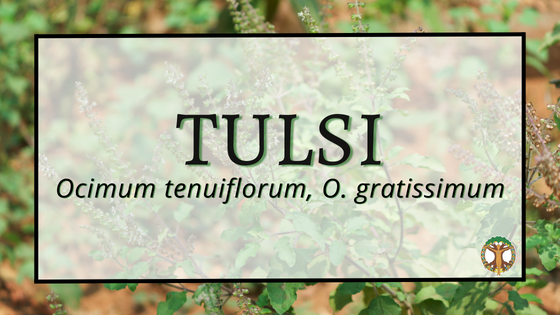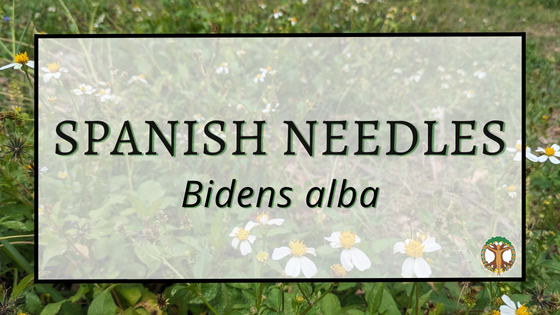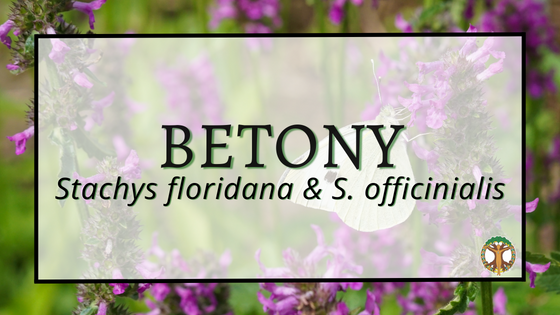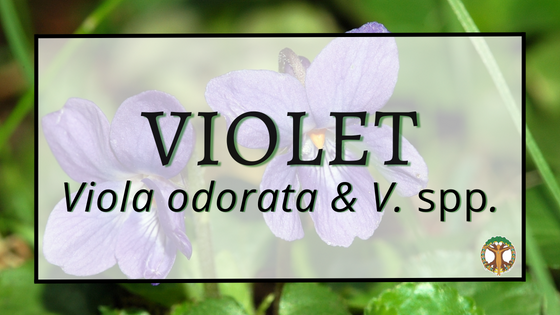-
Bee Balm
The Monarda genus is endemic to North America and contains about twenty species, many of which have a history of medicinal usage.
-
Ashwagandha
Ashwagandha root is an adaptogen and a nervine, helping our bodies respond to stress and easing us into a state of rejuvenating relaxation.
-
Spiderwort
Native to America, Spiderwort was used by indigenous people for its pain relief on insect bites, as food, and possibly as a tea for laxative properties.
-
Tulsi
One of the most ancient and intricate medical systems, Ayurveda, holds tulsi as one of the most powerful and sacred plants. That’s over 3000 years of medicinal use and reverence of this special basil!
-
Spanish needles
Not only is Bidens a medicinal powerhouse, but the flowers provide a nectar source for pollinators year-round. B. alba is one of the top sources for honey-bee nectar, behind only citrus and saw palmetto, and is also greatly used by our native bees like sweat bees and leaf-cutter bees.
-
Betony
FL betony is a perennial herb native to Florida whose range spans the Southeastern US.
-
Violet
This beloved garden plant not only delights us with the beautiful purple flowers of its namesake, but also offers us sweet, cooling, anti-inflammatory medicine.
-
Beauty from your Backyard: Facial Care
Hair, face, and skin care from our backyard is one of the gifts the garden shares in beauty and generosity. On July 11, Herbalist Emily Ruff will be offering a Backyard Beauty workshop online, full of recipes and tips for finding radiant glow from your backyard garden. Emily’s herbal mentor, Rosemary Gladstar, is legendary in the herbal world and serves as a source of inspiration for many of Emily’s personal beauty care recipes. One of Rosemary’s tried and true recipes is her cleansing Miracle Grains, a simple blend of kitchen ingredients that brings softness and healing to the face as a daily cleanser or a mask. Rosemary writes “cleansing grains…
-
Herbal Holiday Gifts
The holidays are fast approaching, and it’s a great time to get busy in the kitchen apothecary! Herbal holiday gifts are a great way to share personalized presents with loved ones that will support their health through the holidays and beyond. One of my favorite herbal holiday gifts to make are sleep pillows. Sleep pillows smell divine and are fun to blend and package. So many of my friends have trouble sleeping, I know that I’m giving a gift that will be used and bring benefit. SLEEP PILLOWS from Rosemary Gladstar’s Herbal Recipes for Vibrant Health 1 part dried chamomile 1 part dried hops 1 part dried lavender 1 part…
-
Dental Herbalism: Four Natural Remedies for a Healthy Mouth
Oral health is ultimately linked to our overall health and well-being. The new guide to herbal dental care, Dental Herbalism(Healing Arts Press, 2014) by herbalist Leslie Alexander and dental hygienist Linda Straub-Bruce, details 41 safe and effective herbs to improve oral health. This excerpt from chapter 11, “An Herbal Materia Medica for the Mouth,” outlines four herbal remedies for dental health: Homemade Toothbrushes, Tooth Powder, Scrubs, and Mouthwash. Turn to these safe and effective ancient herbal remedies for modern-day dental care. This excerpt first appeared in Mother Earth News. Join Leslie Alexander in Orlando at the Florida School of Holistic Living April 1 for “Kitchen Herbs for the Mouth,” a…


